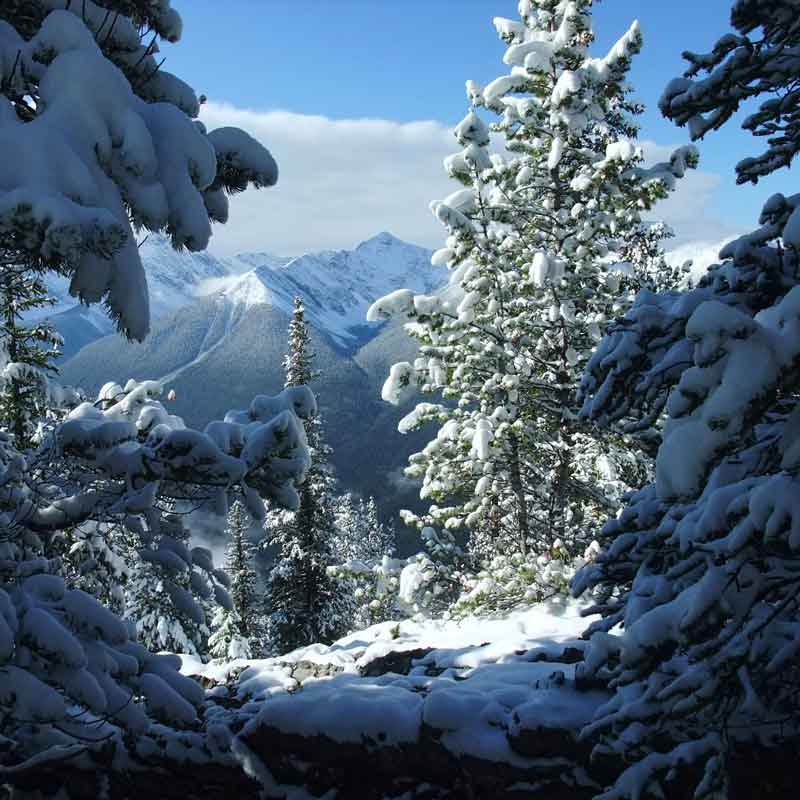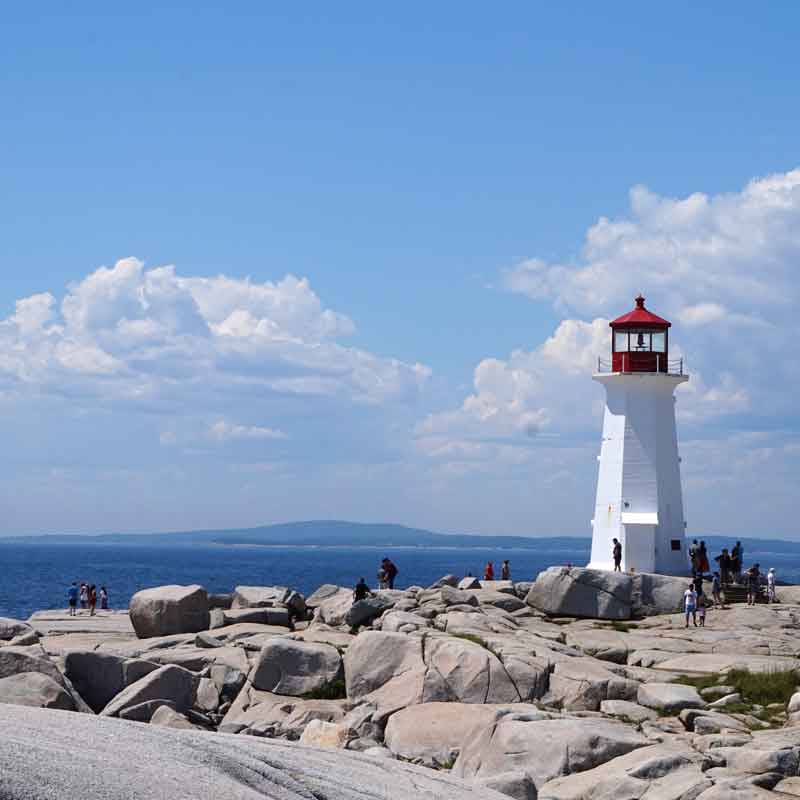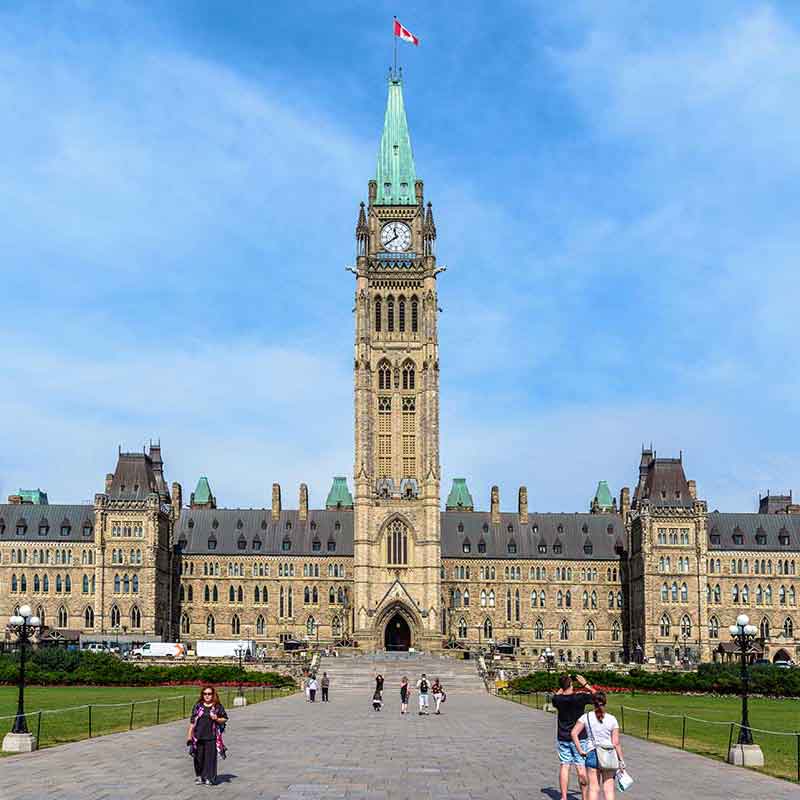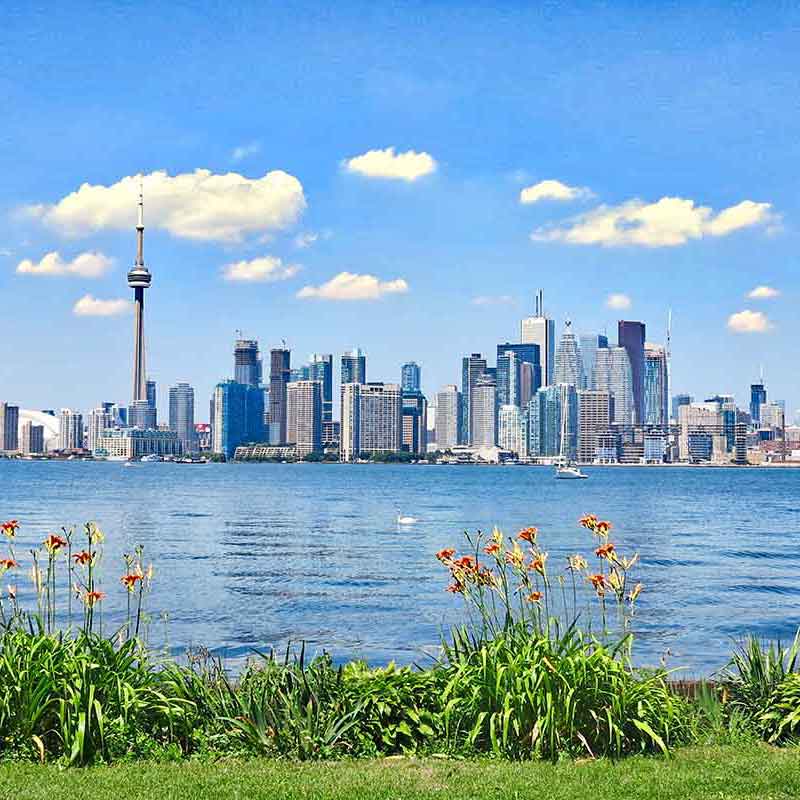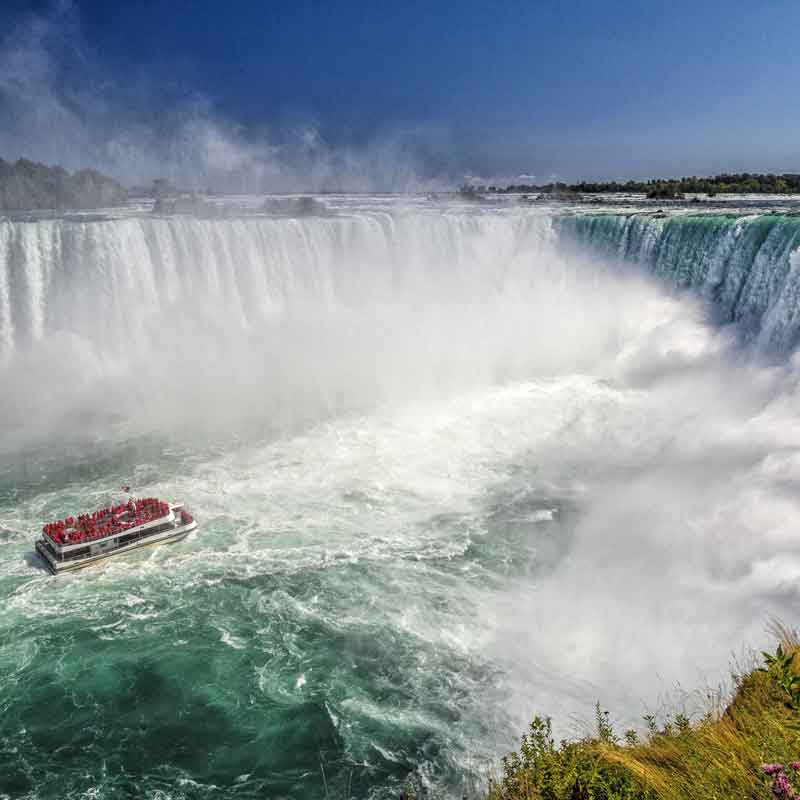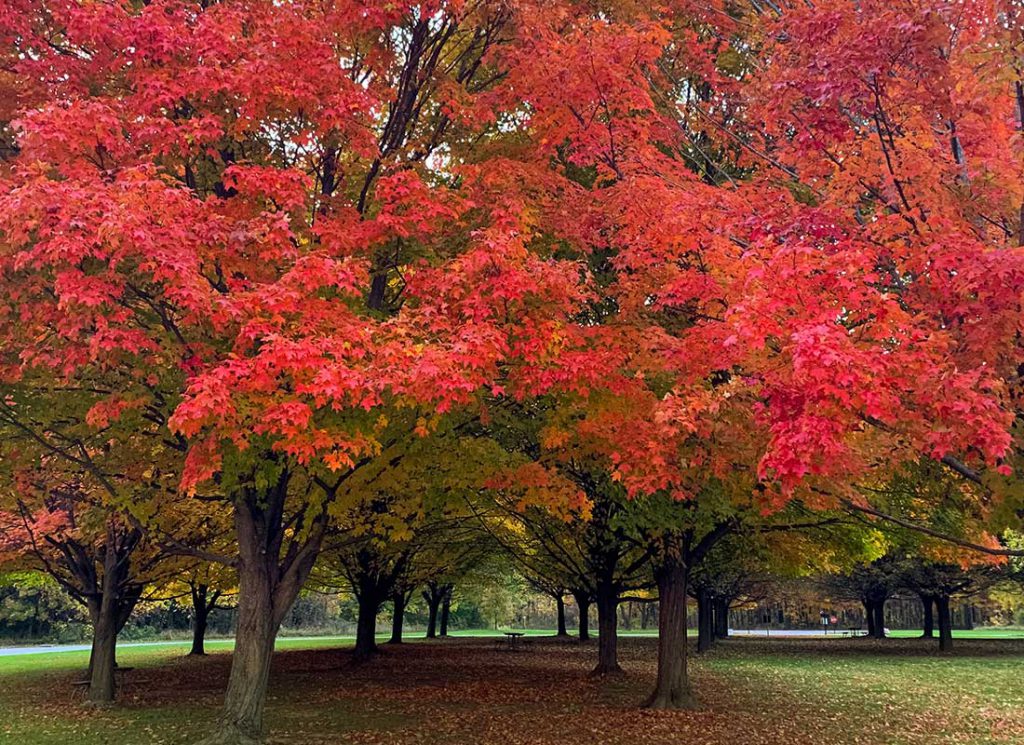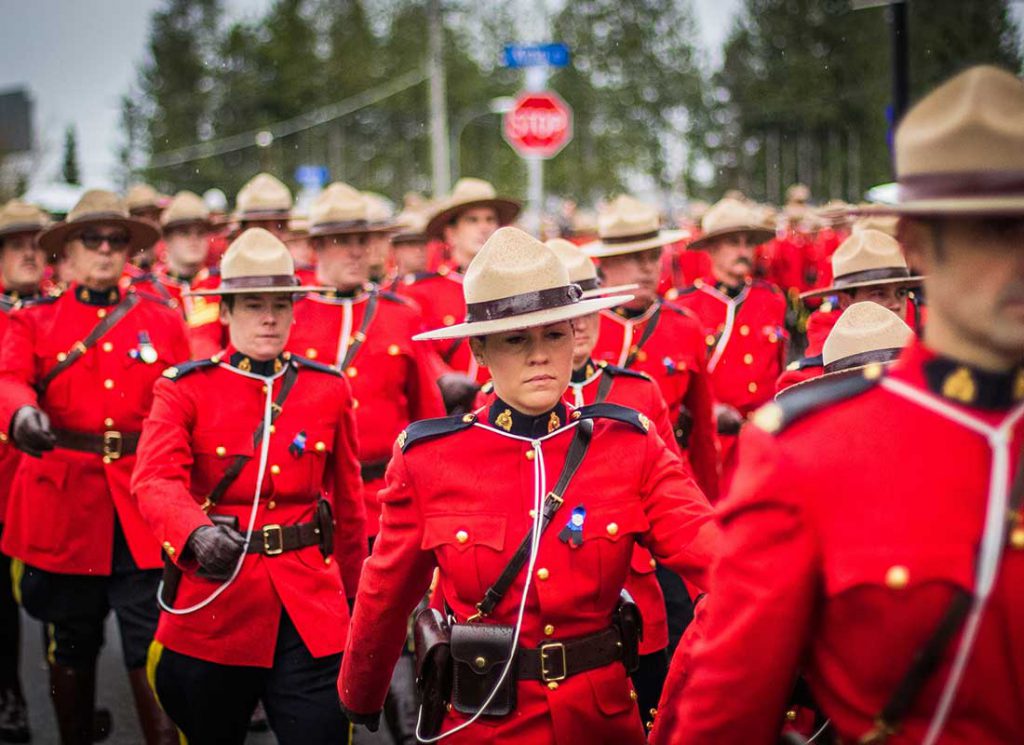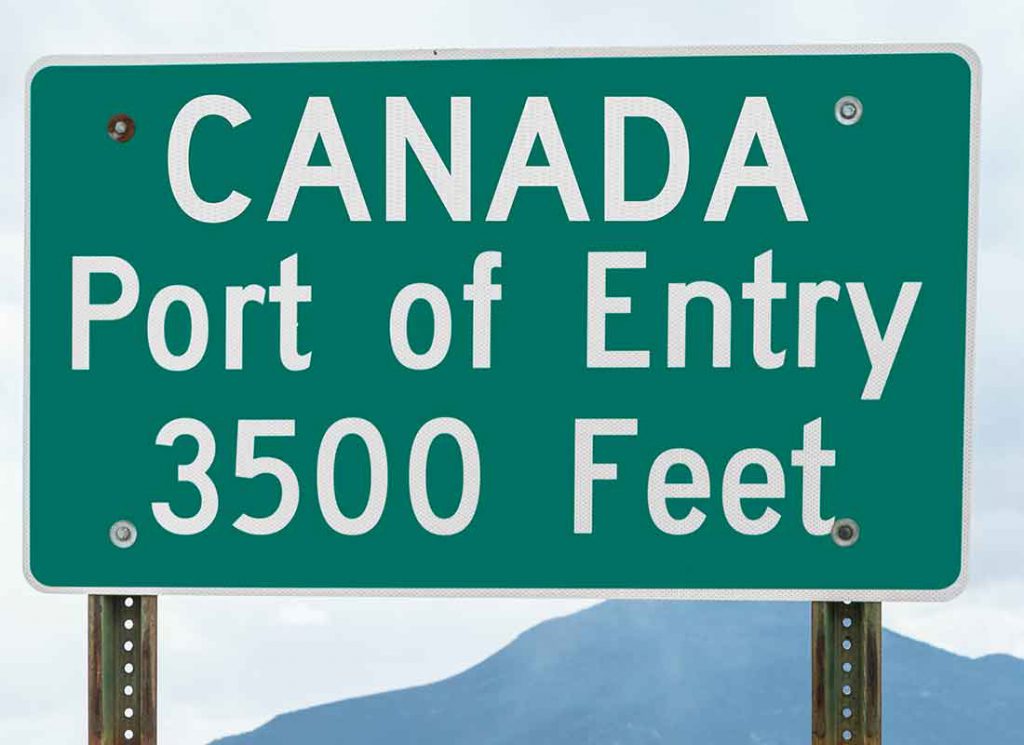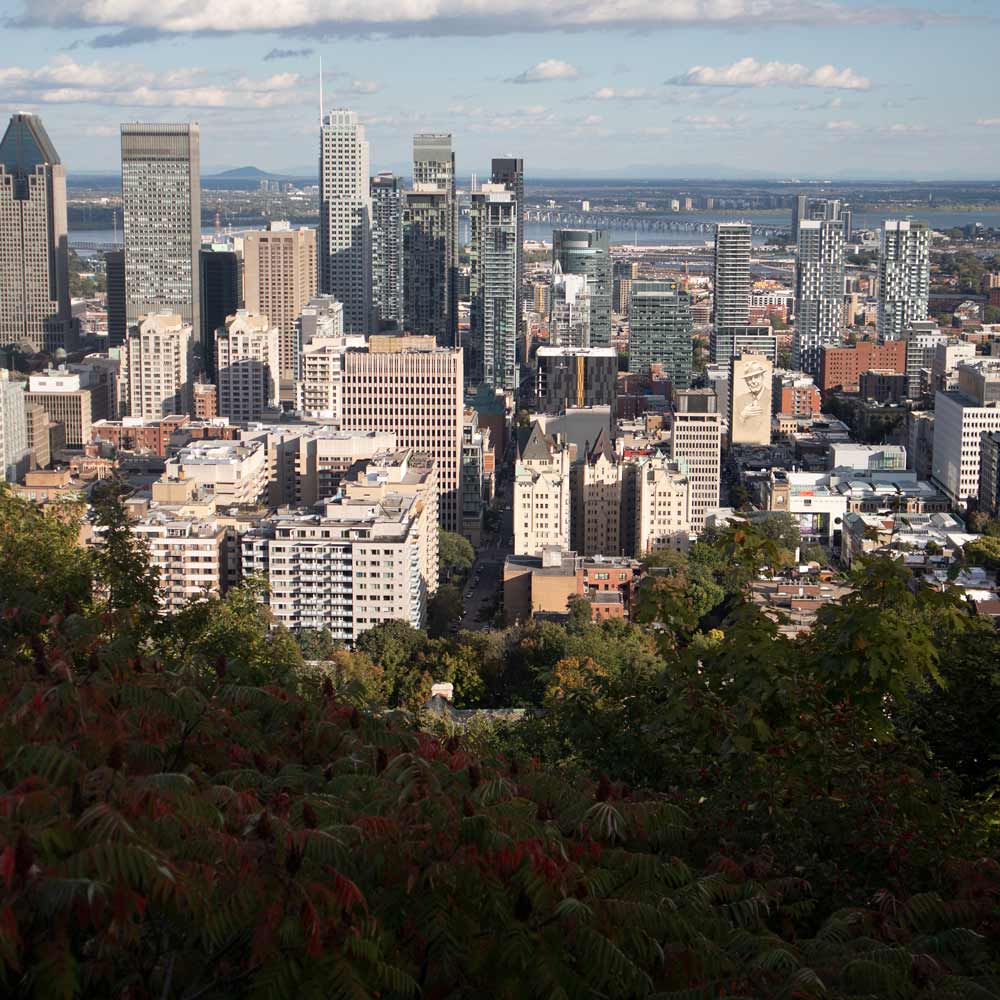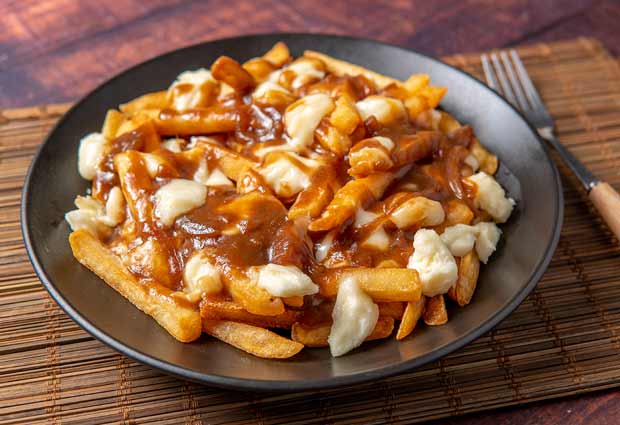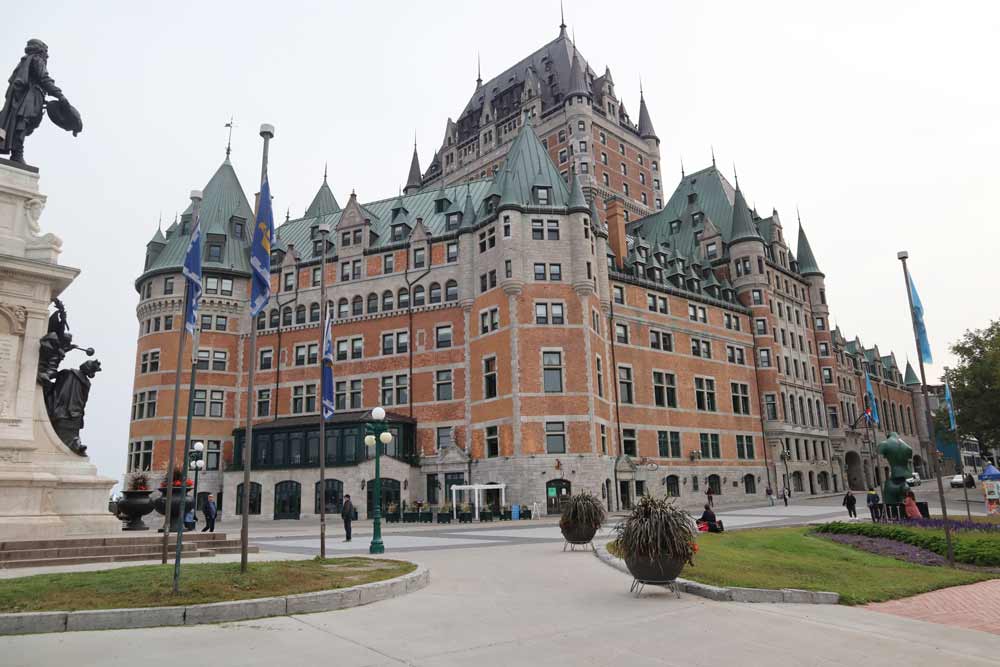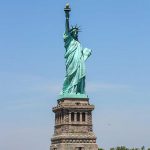Canadians and their traditions are best described as multicultural and social. The customs in Canada have been heavily influenced by western European countries with a strong British and French impact. Canada shares a huge border and close relationship with the United States. As a result, American influence is also strong. Canadian indigenous people’s influences can frequently be experienced as you travel across the country.
As a rule, Canadian values are based on the ideals of politeness, fairness, inclusiveness, and social justice. It’s not uncommon to hear a Canadian apologize for seemingly minor indiscretions. Canadians are generally open and very accepting of other cultures. The culture is often described as a “mosaic” of transitions and immigrant cultures. These views are strongly supported by the government’s multiculturalism approach to social policy.
Most people in the country and casual and informal in their interactions with each other and visitors. As you travel you should expect to find your way into neighborhood cultural districts with a distinctly ethnic feel, including food, dress, and language. Canada is a relatively young country and has long been one of the world’s most welcoming of immigration. The culture in the communities across the country reflects this diversity.
Given that Canadians value politeness it’s not surprising that they are generally private and stay away from personal topics with new acquaintances and in casual conversations. Topics such as family life, religion, and politics are often avoided until you get to know each other a bit.

